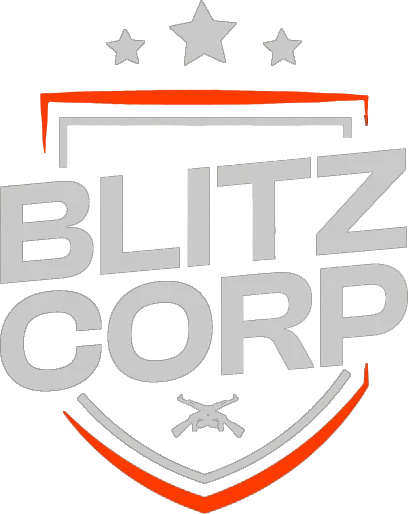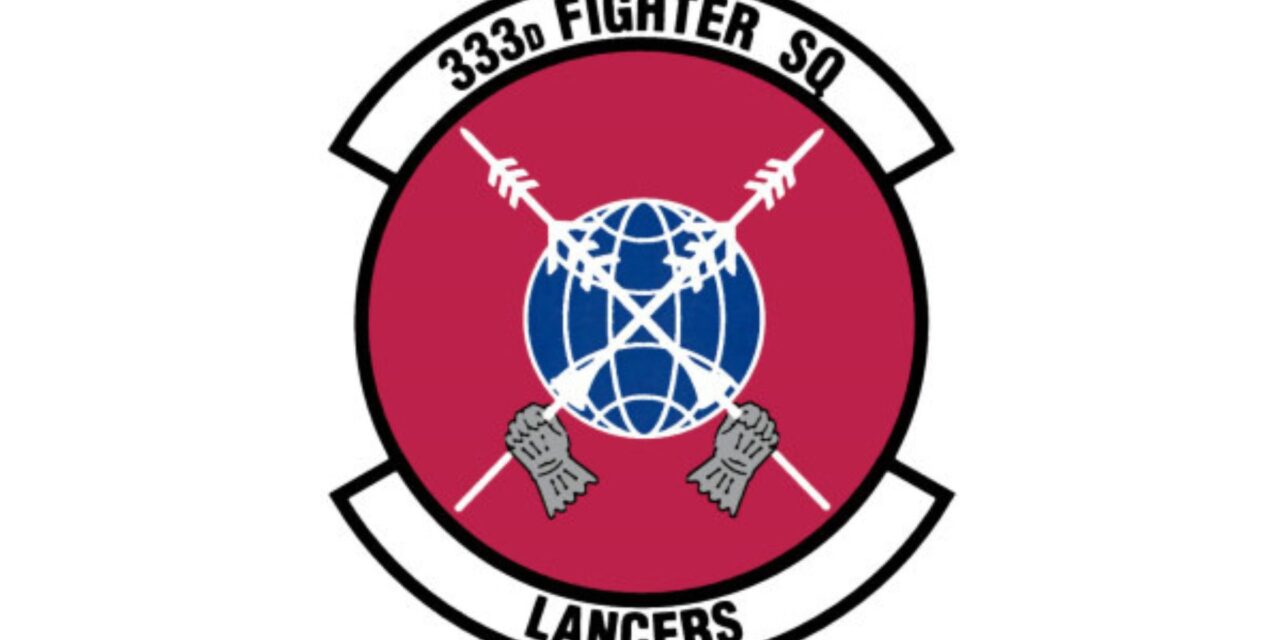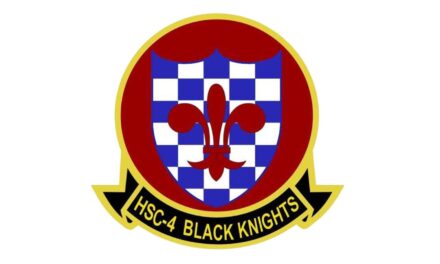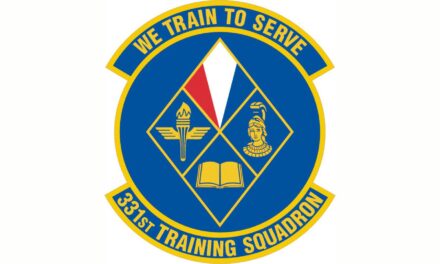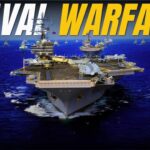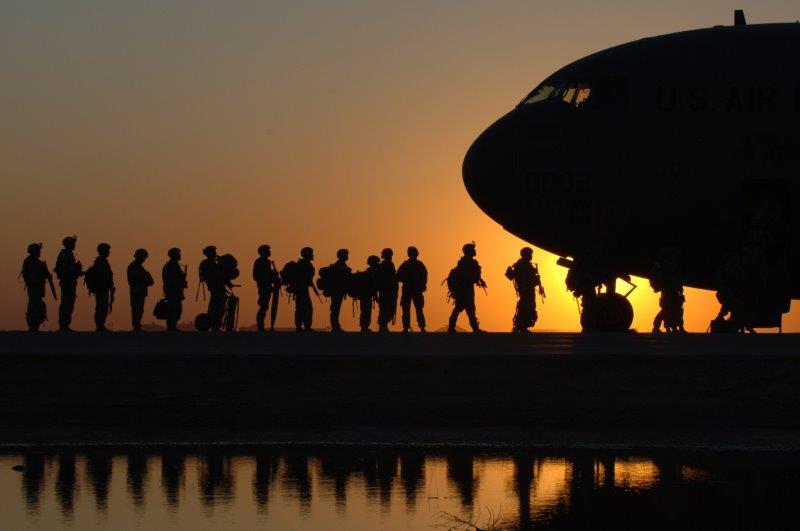The 333rd Fighter Squadron has soared through the annals of military history, etching its legacy in the skies of Southeast Asia and beyond. With a storied past dating back to World War II, this squadron has evolved from prop-driven fighters to jet-powered birds of prey, having left indelible marks on both air combat tactics and pilot training.
Those intrigued by aerial prowess often seek to understand how such units adapt over time and continue to foster excellence in aviation.
Did you know that the 333rd was instrumental during Vietnam, engaging in Operation Rolling Thunder? This historical engagement was pivotal for American air strategy. Through this blog post, readers will explore the transformational journey of the 333rd Fighter Squadron – from its valorous actions amidst war's chaos to its current role as a leading educator for F-15E Strike Eagle pilots and weapon systems officers.
Uncover how these elite aviators are prepared for today’s complex aerial battlefields.
Join us on a flight through time with the "Triple Nickel".
Key Takeaways
- The 333rd Fighter Squadron played a crucial role in the Vietnam War, where they flew F-100 Super Sabres and later F-105 Thunderchiefs.
- They transitioned to flying the versatile F - 15E Strike Eagle on May 1, 1992. This allowed them to carry out complex missions including deep strikes and close air support.
- Based at Seymour Johnson AFB within the 4th Fighter Wing, the squadron trains pilots and weapon systems officers for modern combat scenarios while maintaining combat readiness.
The 333rd Fighter Squadron's Role during the Vietnam War
From their base in Southeast Asia, the 333rd Fighter Squadron launched into a critical role during the Vietnam War. Pilots and aircrew were engaged in daily combat missions to support ground forces.
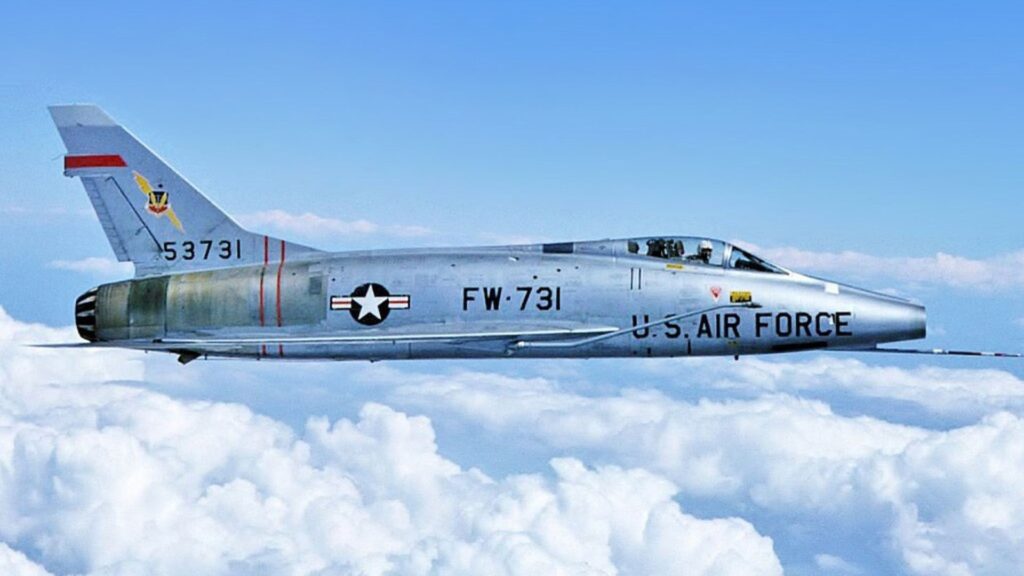
They flew F-100 Super Sabres at first, fearless despite the risks. Their job was to deliver powerful air strikes against enemy targets.
Later on, they transitioned to flying the more advanced F-105 Thunderchiefs, known as "Thud." These aircraft allowed them to carry out more complicated missions with precision bombing capabilities.
The squadron took part in many major operations across Thailand and Vietnam. They showed bravery and skill day after day under tough conditions.
Transition to the F-15E Strike Eagle
The 333rd Fighter Squadron saw a major shift on 1 May 1992. It was then that the unit began flying the F-15E Strike Eagle, marking a new era for this renowned squadron. The strike eagle is known for its versatility and power, combining air-to-ground and air-to-air missions in one aircraft.
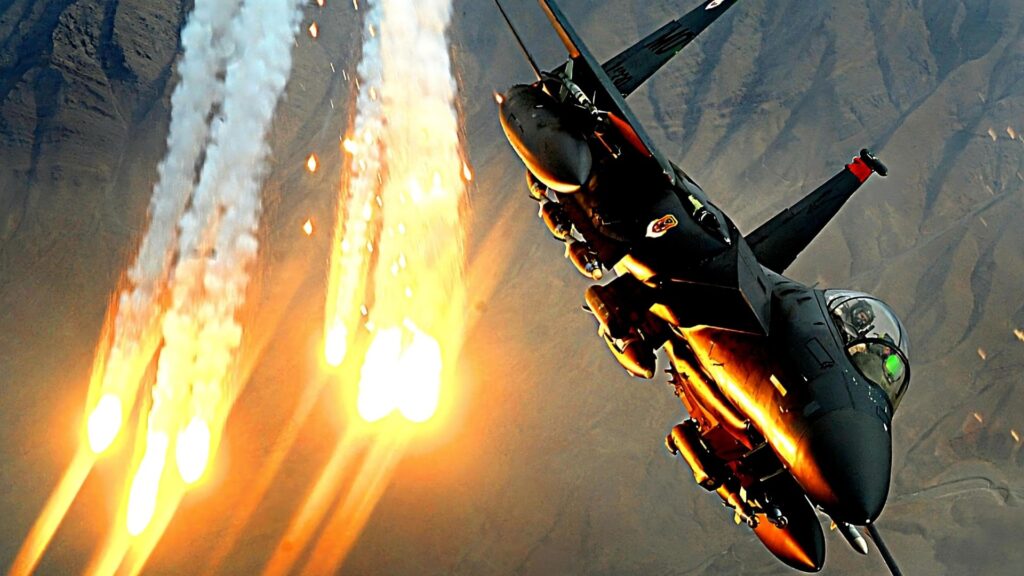
This transition allowed the squadron to take on more complex roles, including deep strikes against high-value targets and providing close air support for ground troops. With two crew members, a pilot and a weapons systems officer, coordination became crucial on these flights.
The fighter training at Seymour Johnson AFB adapted to prepare strike eagle aircrews for these demanding tasks.
Pilots and weapon systems officers honed their skills to master this advanced aircraft's capabilities. Now ready to engage with modern combat scenarios, the 333rd stepped into its current role within the Air Force structure—the next step in its distinguished history.
Transitioning seamlessly into contemporary operations showcases their adaptability as they continue protecting national interests both at home and abroad.
The 333rd Fighter Squadron's Current Operations and Assignments
Based at Seymour Johnson Air Force Base, the 333rd Fighter Squadron is a key unit within the 4th Fighter Wing. Its pilots fly the advanced F-15E Strike Eagle. They carry out critical missions for national security and global stability.
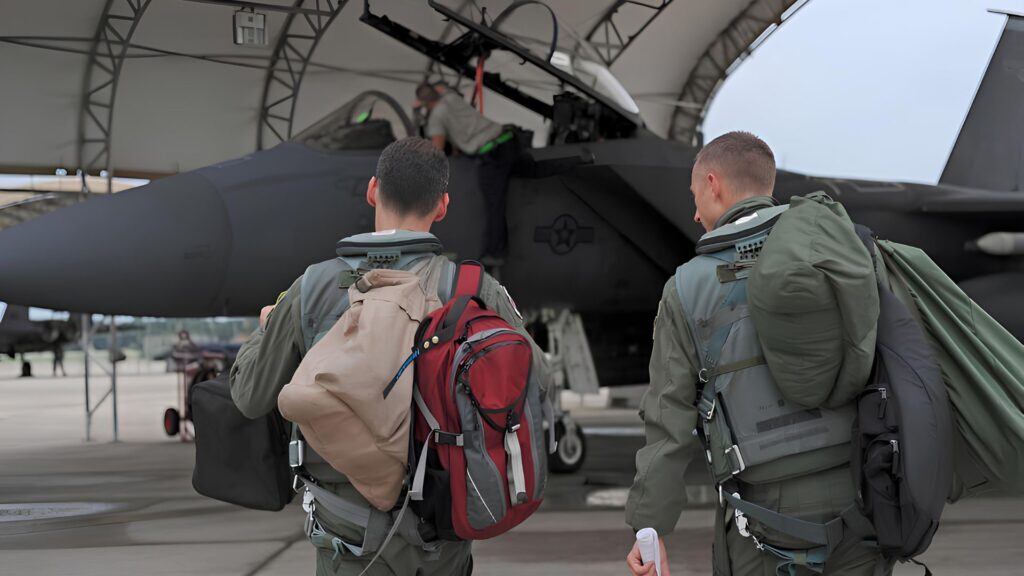
The team trains hard to keep their skills sharp.
Today's operations involve both combat readiness and formal training duties. Pilots and crews from this squadron deploy around the world as needed. Their assignments can change quickly to meet U.S Air Force demands.
The focus remains on excellence in fighter jet mastery and tactical training for evolving combat scenarios.
Conclusion: The Legacy and Impact of the 333rd Fighter Squadron in Southeast Asia and Beyond
The 333rd Fighter Squadron has shown courage and skill throughout history. From Vietnam battles to mastering the F-15E Strike Eagle, their journey impresses. These pilots train hard for air dominance worldwide.
Their legacy inspires new aviators every day. The squadron's future looks as bright as its storied past.
FAQs
1. When was the 333rd Fighter Squadron first established?
The 333rd Fighter Squadron, known as a tactical fighter squadron, was initially formed on 13 November 1957.
2. What is the role of the 333rd Fighter Squadron?
This squadron trains pilots and maintains readiness to perform operations for the Air Force, acting as both a training squadron and an active tactical unit.
3. Did the 333rd participate in any major conflicts?
Yes, they saw combat during important campaigns like the Vietnam Air Offensive and received honors such as Presidential Unit Citations.
4. Has the name or mission of this squadron changed over time?
Absolutely! It began as a fighter-day squadron and has been redesignated multiple times to meet evolving operational needs, including becoming part of composite wings and operations groups.
5. Where has the 333rd Fighter Squadron been based throughout its history?
It operated from various locations including Takhli Royal Thai AFB, McConnell AFB, Davis-Monthan AFB, Eglin AFB, Luke AFB through different periods ranging from their early days in 1957-1960 to their reactivation in October 1994 at Davis-Monthan.
6. Are there any notable awards that recognize the achievements of this fighter squadron?
Indeed! The unit earned several Air Force Outstanding Unit Awards with Combat "V" for valor for their extraordinary performances notably between July 1971-June 1973.
